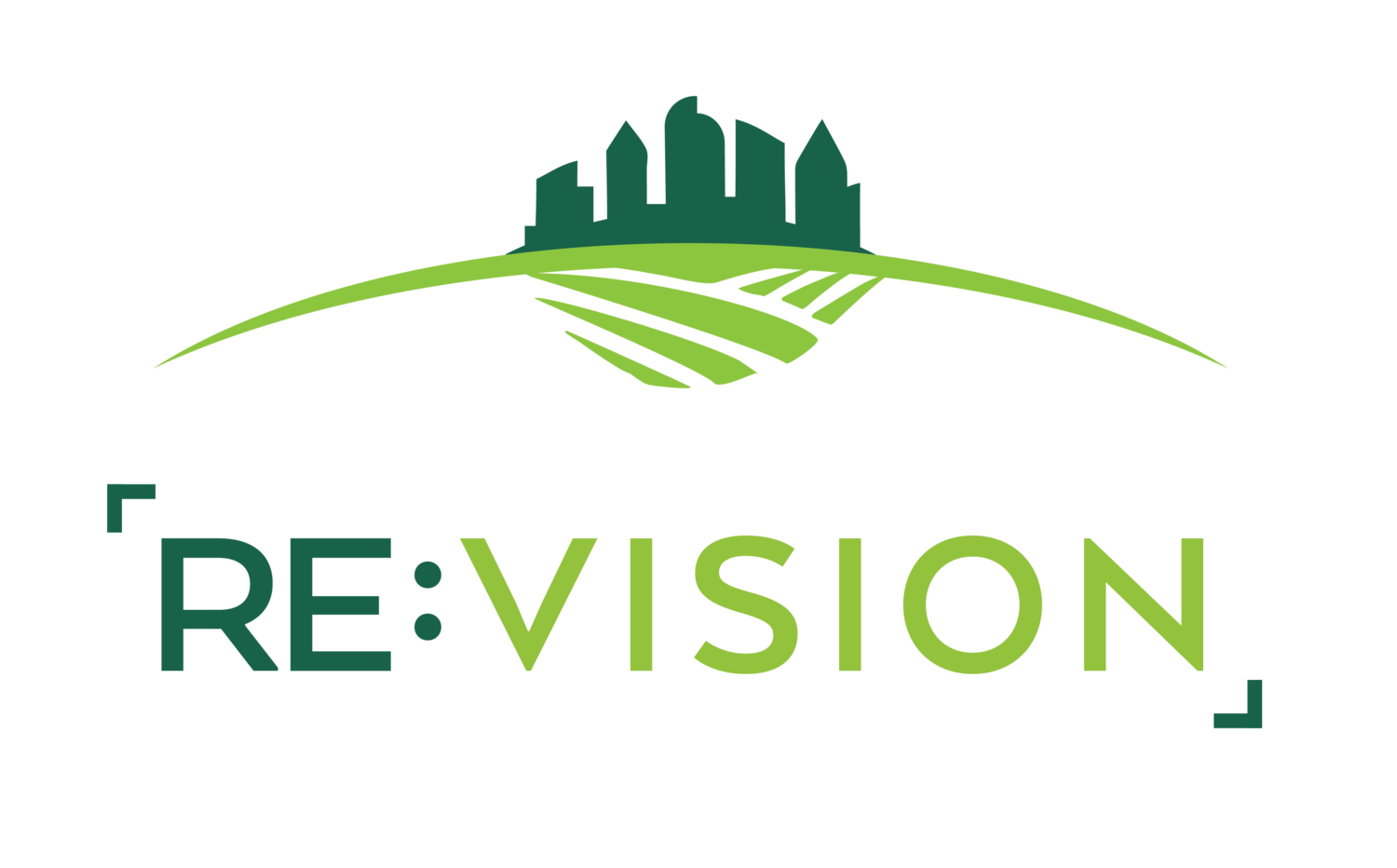Water - Part I
It is something which permeates every facet of our lives – it is the foundation of hydration, our food, for our heating and cooling systems, our construction, and our clothing and shelter.
And we’re using A LOT of it.
According to Denver Water, the City & County of Denver uses 265,000 acre-feet of water. Imagine a football field with a foot of water standing on it – then picture 265,000 of those. Let’s put it another way. The average person in Denver uses 168 gallons of water per day! And lest you think its all those restaurants and businesses squandering that water, in all reality, residential (single and multi-family homes) usage accounts for over 65% of all usage (172,000 football fields full of water!).
To top it all off, 55% of all water usage at the residential level is for outdoor irrigation/use, i.e. your sprinkler system.
A quick scenario to bring this home. My wife and I recently purchased our first home in the Barnum neighborhood in August. The average sprinkler head sprays about 3.5 gallons per minute and the home had a sprinkler system consisting of about 10 heads. Now, if we watered as per Denver Water’s Stage 2 watering rules (in effect as of April 1st this year), which is only twice per week, we’d use about 27,000 gallons from May through September and spending about $75 in water bills.
Now, if we switched entirely over to drip irrigation and grew vegetables (which we’re doing), and watered 45 minutes every single day, in that same five month period we’d use approximately 3,200 gallons and spend $8.32!!! Not only would we save $67, we’d also save enough water to provide the average Denver home with 141 days of water!!!! Not to mention all the money we’d be saving on food from the wondrous produce we’ll be harvesting.
And this is a reality for 200 low-income families this year through Revision’s Re:farm Denver program. 200 families are receiving drip-irrigation systems, using less water, saving money, and are empowered to lead healthier lives.
Want to help out? Donate now.
